The main aim of meditation is to attain stillness and calmness of the mind. To achieve this state, not only the form of meditation but also the meditation position is vital.
In the ancient Indian and Buddhism culture, meditation position is the most important aspect of yoga study. In the famous book of yoga practice – Yoga Sutras of Patanjali, it is stated that “Your meditation position should be steady and comfortable.”
In this article, we will discover various meditation postures and factors which can facilitate you to achieve the best position of meditation for yourself.
IMPORTANCE OF MEDITATION POSTURE
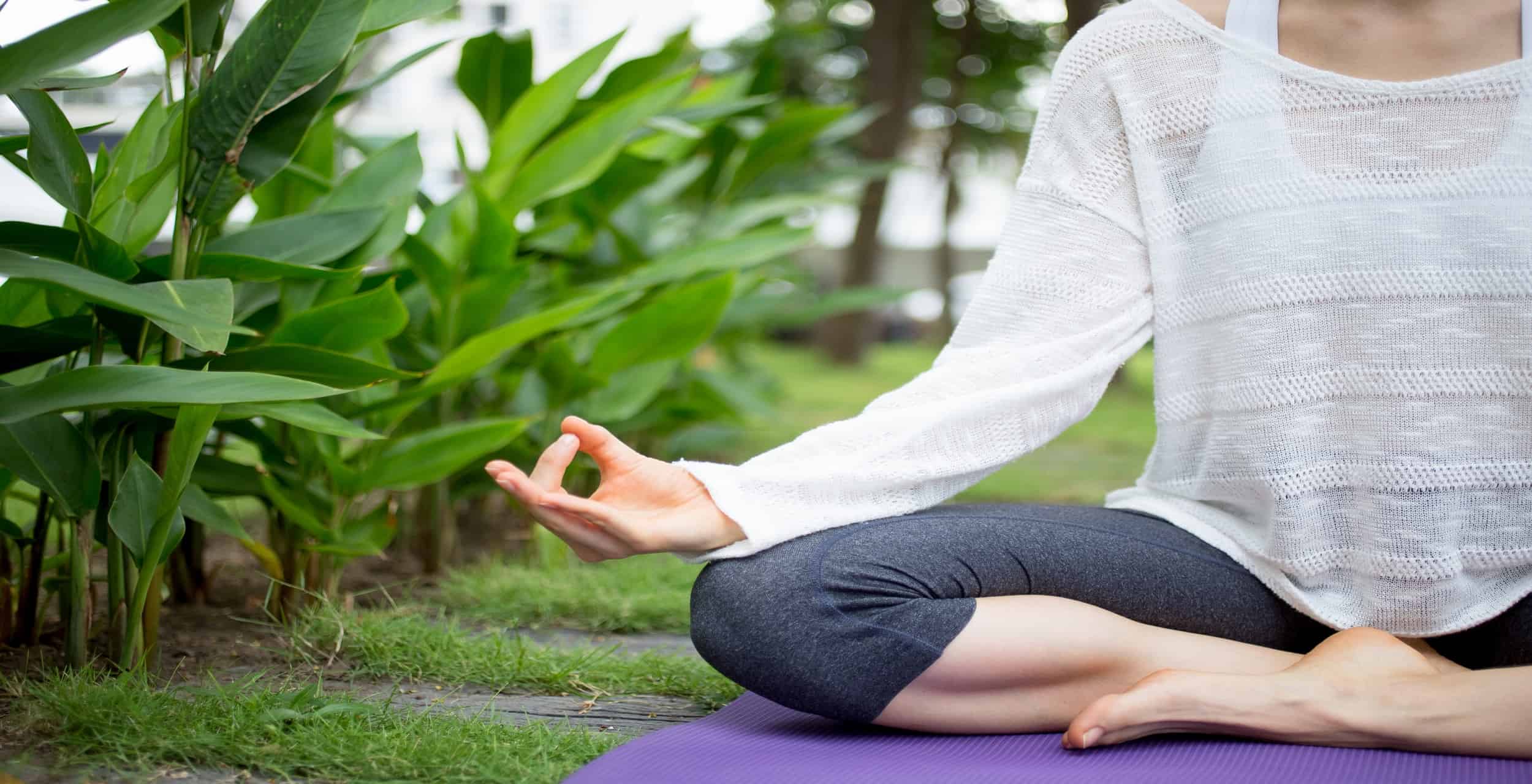
Your posture tends to set the mood and nature of your meditation. If you are comfortable then you stay more focused during your meditation. If your posture is steady, then you can sit and engage in a longer meditation. Here are some points you should remember while practicing meditation.
COMFORT allows you to sit without any discomfort or pain. Undoubtedly, no one wants any physical pain during or after meditation. Hence, the meditation position you choose must be comfortable so as to avoid pain and stay fully focused.
STILLNESS of your posture is very important to achieve inner stability. Try moving your body side to side, forward and even backward until you are satisfied with your posture and then remain still.
RELAXATION meditation positions help release stress and tension and fosters calmness of the body and mind. To achieve this meditation state, your posture must be relaxed. Neck, shoulder and back muscles should not be tense and you should feel relaxed. Your movements should also be gentle.
FACTORS AFFECTING PROPER MEDITATION POSTURE
Achieving perfect meditation posture is an art. Along with the above vital points, the following explains other major factors contributing to proper meditation posture.
Environment
This is the most important factor affecting your entire meditation and posture. Before the start of the meditation, make sure the environment and place is clean, calm and with no noise disturbance.
Body Alignment
Find your comfort position by sitting on the floor or a chair. You can also choose other materials to help you with being comfortable.
- Meditation benches: To sit in a relaxed kneeling position
- Rectangular cushions, or gomdens: For sitting cross-legged, you can choose gomdens according to your height and the firmness you want for your seat
- Round cushions: For cross-legged sitting, between the legs and for a kneeling posture.
Uprightness is the basic position of your spine while sitting. Uprightness is the essence of every sitting position. If you have a flexible body, you can attend this posture easily but if you don’t have flexibility, then use the extra cushion for the buttocks to support the tailbone for a comfortable position.
A study about the effects of an upright position on the EEG (electroencephalogram) of among sleep deprived people, shows that either sitting or standing while maintaining an upright posture can actually uplift your alertness.
Do always remember that you are sitting for meditation, so relax your shoulder and neck muscles, allow them to loosen.
Hands Posture
The posture of the hands can be executed in two ways. One way is to place the right hand over the left hand, facing your palms upward; slightly touch both thumbs together.
Or you can just keep both hands on your legs, by facing the palm upward and gently touch the tip of the thumb to the tip of the nearest finger. In both ways, keep your hands and fingers in a relaxed position.
The right hand is the symbol of awareness, wisdom and enlightenment while the left hand represents maya, the illusion of existence. But together they represent gestures of total balance. This hand posture brings balance to the two sides of the body and brain. According to Buddhism, this gesture is symbolic of enlightenment and freedom from suffering.
Head Position
Keep the head straight and slightly tuck your chin, by moving your chin downwards by 20 degrees. You should not feel tense in the neck or face. Slightly make a movement with your jaw side to side. Open and close your mouth to relax the jaw muscles. Keep a slight smile on your face.
Your gaze (position of eyes) totally depends on your method of meditation. If you want to close your eyes, then gently close your eyes to soften your eyelids. If you want to do focus meditation, then find a focus point about three to five feet in front of you and allow your gaze to settle on it. You can try both ways of meditation and see what works best for you.
BEST MEDITATION POSITIONS
Meditation is not one-size-fits-all. There is a wide array of meditation positions available to suit your evolving needs. The following explains various meditation postures that are practiced by people all over the globe:
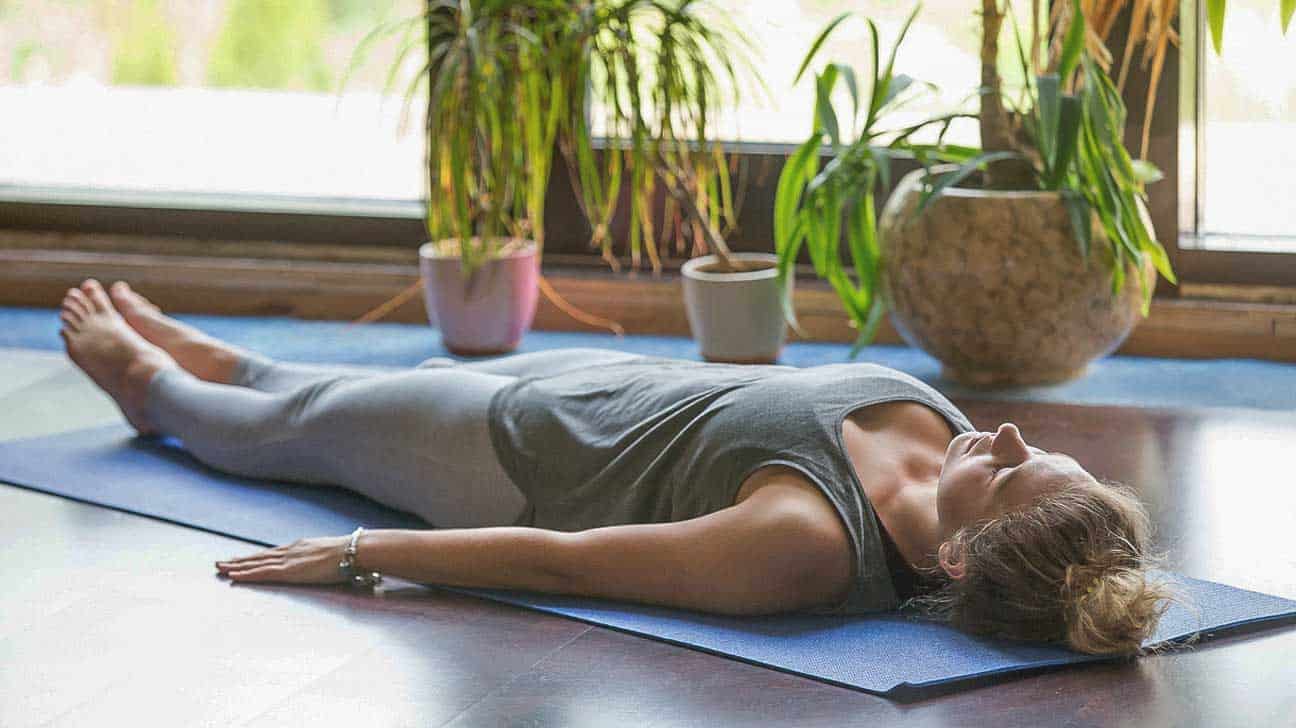
1. Sitting Position
The most commonly used position for meditation is the sitting position. You can sit cross legged or use a chair depending upon what feels more comfortable.
One research study of sitting meditation among diabetic patients whose average age was 61.5 shows that sitting in mindful meditation helps not only to reduce blood sugar level but also to control blood pressure.
Cross Legged Position
This is the easiest and most comfortable position to achieve stability for meditation. There are different types of sitting positions, you can choose according to your comfort, for your meditation.
Full Lotus Position: Legs are crossed with each foot resting on top of your opposite thigh. It is one of the best and widely recognized meditation poses. It is also a stabilizing pose that provides overall natural support and body alignment. The full lotus position helps you gain flexibility and strength in the long run.
The Half Lotus Position: Legs are crossed with one foot resting on the opposite thigh. The other foot is fold underneath and rest blow the top leg. It is an easy seated meditation position.
The Quarter Lotus Position: Seat with your legs loosely crossed and both feet resting below the opposite thigh or knee. This position is the easiest and good for beginners.
Burmese Position: The lower body is crossed with one leg folded in front of the other. Before doing this position, you can stretch your legs, shake the feet and rotate the ankle. Make yourself comfortable and sit on cushion so that your hip position is higher than your knee position.
Seiza Position: Sitting on the heels with knees forward and legs bent. Put your hands in your lap or on your thighs. This is a zen Buddhist method of meditation. If you want to reduce pressure on your knees and have good support at the spine, use a cushion or meditation bench under your buttocks.
Butterfly Position: Sit with your feet together towards the pelvis and both knees on the ground, forming a diamond shape. This meditation position provides a great stretch for the thighs, knees and groins, hence improving flexibility and posture.
The cross-legged meditation positions are relatively simple and comfortable. All the positions mentioned are restful for the muscles and at the same time active enough to keep the practitioner alert.
In every sitting position, the spinal column remains erect and well balanced which allows the muscles of the back and neck to relax; similarly allowing the attention to be focused on the meditation.
2. Standing Position
If you are not comfortable in a sitting position due to a physical problem, then try out a standing position. Zhan Zhuang is among the popular standing practices. The only requirement of this position is to stand upright with your firm feet on the ground.
Stand in one place keeping legs and shoulders 1-1.5 feet apart. Keep a slight bent at your knee joints so that your back is upright, and your body weight canters over the balls of your feet.
Before you start this meditation, it is better to carry out some stretching exercises for your legs and hands. Simple rotate your ankles, hips, shoulder joints and neck and relax the muscles of these regions.
These movements allow you to feel relaxed and you can concentrate more on your meditation. After standing in one place, try to focus on one point or just close your eyes gently. The hand posture is important to provide balance for your meditation position. Allow the hands to loosely hang in front of you, then make a cup by joining palms and let the thumbs out.
This meditation position is useful for sport injuries, arthritis or any physical conditions which make it impossible to sit for a long time.
During the meditation, focus on your breath or the parts of your body and try to keep tense parts fully relaxed to achieve optimal result.
3. Kneeling Position
Another alternative to sitting is the kneeling position. Sit on your knees by folding the legs backward at the knee joints. Keep the upper side of your feet grounded.
You can use a firm cushion under your bottom, it provides support for the kneeling position. Keep your hands in a relaxed position on your thighs.
A kneeling position provides natural uprightness to the spine which indirectly helps to keep the neck relaxed. This is a comfortable position for those who do not feel relaxed in a cross-legged position.
4. Lying Down Position
Shavasana, also known as the corpse pose is the easiest lying down position. Simply take a mat, lie flat on your back and separate your legs. Keep your legs apart 1-1.5 feet from each other. Place your hands at your sides with palms facing upwards. Then gently close your eyes and concentrate on every muscle of your body. Breathe in calmly and deeply. Focus on every muscle and just fully relax.
It is not unknown that it might be difficult to stay awake during this meditation. While meditating in this position, it’s alright to fall asleep. If you feel sleepy during the corpse pose, it’s still better to try another meditation position in order to get the best result.
It is the best meditation position for sleeplessness or insomnia. One study evaluated the effect of sleeping position on anxiety disorder among college professors, it shows that this meditation position is a preventive, curative method to reduce stress and depression.
5. Walking Position
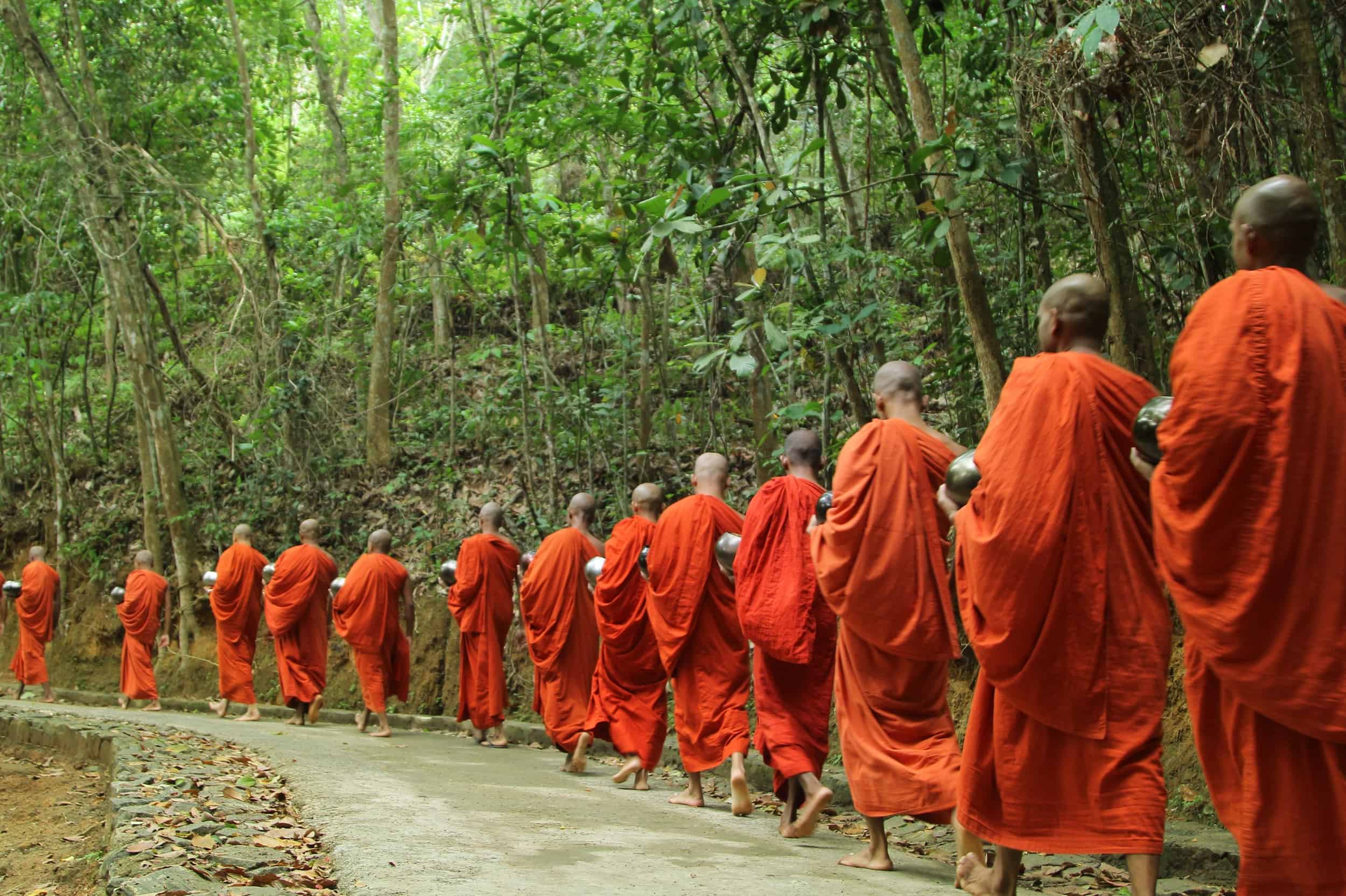
Walking meditation is best for beginners. It is best for those who have a busy schedule and want some quick relaxation in between work.
While walking, you have to stay focus on the surroundings. This type of meditation includes slower walk coordination with breathing, or specific focusing practices.
Here are some factors you have to keep in mind for walking meditation.
- Place: Avoid traffic and heavily populated areas. Choose a calm, peaceful environment where you feel safe.
- Starting Position: Stand still, close your eyes and feel every muscle and part of your body. Gently open your eyes after taking a deep breath. Start walking slowly afterwards.
- Pace: Slow walking is crucial so that you can fully stay focus on the surrounding environment.
- Time: A minimum of 15 minutes is good for daily walking meditation. You can increase the time slowly as per your needs and goal.
Whenever your mind starts wandering with inner thoughts, bring it back to the present moment. The whole intention of this walking meditation is to enjoy the moment. It helps us to reduce anger, irritability, and stress.
One research study questioned whether a walking or sitting meditation is more effective. Among the participants, it shows that in general a walking meditation in a green space is more effective to reduce stress.
Regarding the actual implementation of the walking meditation, there are various techniques to foster a correct effective meditation.
Theravada Buddhist Tradition
Choose a straight path of about 30 to 40 feet long. Try to walk barefoot or wear light shoes. Concentrate on the movements of your legs, lifting your feet, feeling your feet in the air and touching your feet to the ground; relate these movements with the feelings of moments arising and passing away.
Kinhin Zen Walking Meditation
Here the practitioner walks in clockwise direction inside the room; in between sessions of sitting meditation.
Thich Nhat Hanh Walking Meditation
Walk slowly with comfort and focus on your breathing. Keep repeating verses while walking.
e.g. Breathing in “I have arrived”; Breathing out “I am home”
Mindfulness Walking Meditation
The attention is focused on the variety of sensations and perceptions of the present moment. It creates awareness about your surroundings and your mental and emotional state.
Yoga Walking Meditation
You must coordinate different steps of pranayama with stepping while walking.
Daoist Walking Meditation
This is the freeform walking which includes different patterns of walking exercise like martial walking and aimless walking.
KEY TAKEAWAYS
In meditation, there are just countless meditation positions available; select a posture which suits your body and mind requirements. If you do not know which position is best for you, try all these meditation postures and then stick to one position. The position that gives you comfort and relaxation is going to be the best meditation position that fits you.
Don’t hesitate, start your meditation journey today!
Article Sources
HealthxTips is committed to delivering content that adheres to highest standard for accuracy, sourcing and objective analysis.
HealthxTips uses only high-quality and trustworthy sources to support the facts in our articles.
1. Caldwell, J. A., Prazinko, B., & Caldwell, J. L. (2003). Body posture affects electroencephalographic activity and psychomotor vigilance task performance in sleep-deprived subjects. Clinical neurophysiology : official journal of the International Federation of Clinical Neurophysiology, 114(1), 23–31. https://doi.org/10.1016/s1388-2457(02)00283-3
2. Chaiopanont S. (2008). Hypoglycemic effect of sitting breathing meditation exercise on type 2 diabetes at Wat Khae Nok Primary Health Center in Nonthaburi province. Journal of the Medical Association of Thailand = Chotmaihet thangphaet, 91(1), 93–98.
3. Ferreira-Vorkapic, C., Borba-Pinheiro, C. J., Marchioro, M., & Santana, D. (2018). The Impact of Yoga Nidra and Seated Meditation on the Mental Health of College Professors. International journal of yoga, 11(3), 215–223. https://doi.org/10.4103/ijoy.IJOY_57_17
4. Lin, W., Chen, Q., Jiang, M., Tao, J., Liu, Z., Zhang, X., Wu, L., Xu, S., Kang, Y., & Zeng, Q. (2020). Sitting or Walking? Analyzing the Neural Emotional Indicators of Urban Green Space Behavior with Mobile EEG. Journal of urban health : bulletin of the New York Academy of Medicine, 97(2), 191–203. https://doi.org/10.1007/s11524-019-00407-8


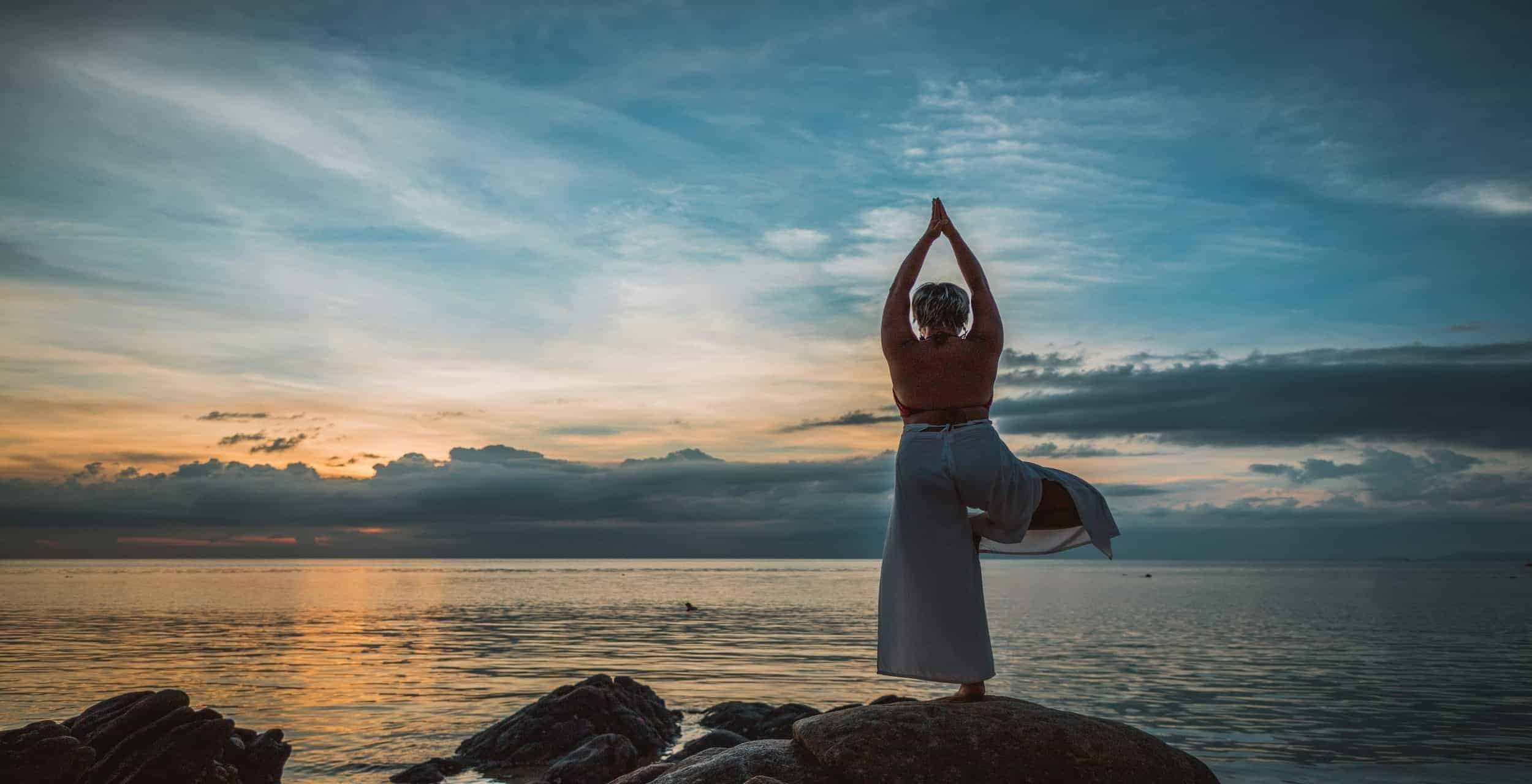



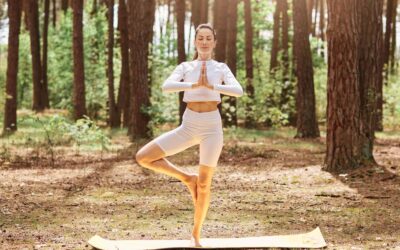
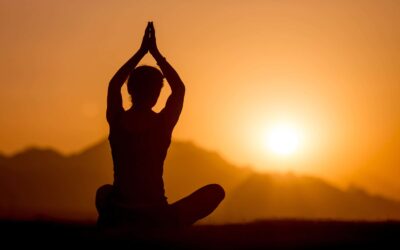
0 Comments